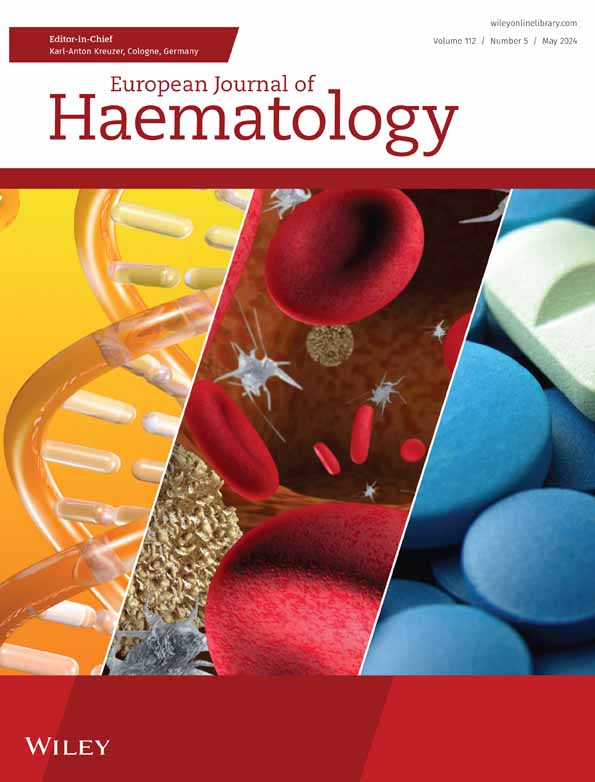Outcomes in Kaposi's sarcoma-associated herpesvirus -associated primary effusion lymphoma and multicentric Castleman's disease in patients with human immunodeficiency virus (HIV) in a safety-net hospital system
Abstract
Objective
To describe cases of Kaposi's sarcoma-associated herpesvirus (KSHV)-associated multicentric Castleman's disease (MCD) and primary effusion lymphoma (PEL) in patients with HIV from a large, safety-net hospital system in Dallas, Texas, USA.
Methods
We conducted a retrospective review of patients with HIV-associated PEL and/or MCD.
Results
Twelve patients with PEL and 10 patients with MCD were identified. All patients were male and 17 of 20 were men who have sex with men; 66.7% of PEL patients and 50% of MCD patients had concurrent KS at the time of diagnosis; 42% of patients with PEL and 20% of patients with MCD died during the follow-up period. We noted improved survival in our cohort compared to previous studies, particularly in our PEL patients with a median survival of 11.4 months compared to 3–6-month median survival historically. Median follow-up time for MCD patients was 17.5 months. This improved survival is despite suboptimal antiretroviral therapy (ART) adherence at diagnosis, with only 50% of patients on ART at the time of MCD/PEL diagnosis.
Conclusion
These data highlight the importance of early recognition of PEL and MCD, and the larger-scale efforts needed to better understand the pathogenetic drivers of clinical outcomes in patients affected by KSHV-related diseases.
CONFLICT OF INTEREST STATEMENT
The authors declare no conflicts of interest.
Open Research
DATA AVAILABILITY STATEMENT
The data that support the findings of this study are available upon reasonable request from the corresponding author, S. K. The data are not publicly available due to Health Insurance Portability and Accountability Act (HIPAA) restrictions.




